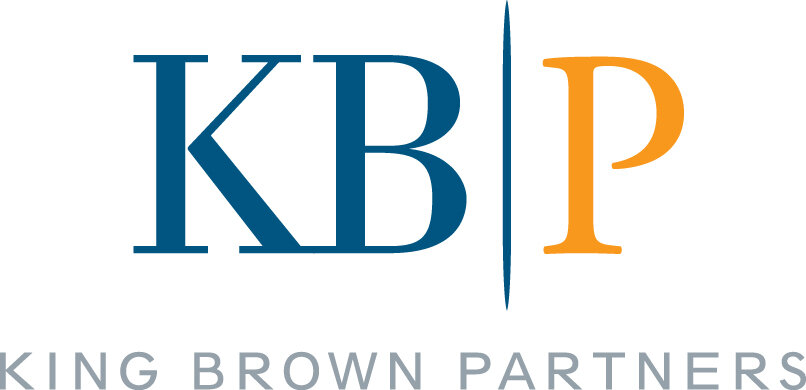Look Ahead, Not Back
Each year hundreds of millions of dollars are spent on tracking studies designed to monitor the market impact of advertising campaigns, marketing programs and brand activity. In fact, they’re generally considered the only option for marketers who want to keep a finger on the consumer’s pulse.
In tracking studies, random (or not-so-random) samples are surveyed on an episodic basis—using a finite set of general measures. What the company gets is a point-in-time snapshot that tells them—in broad, generalized terms—where they were, but not where they ought to be going.
And that sums up the challenges of a tracking study. It is an isolated, diagnostic look at what has already occurred, without consideration for the causal context that may have concurrently taken place.
That sales bump might be a direct result of a new ad.
Or maybe not.
That sales dip might indicate that the promotion was a failure.
Or maybe not.
Tracking studies are a backwards-facing look at what has already occurred. But they don’t tell you why. And they certainly don’t tell you what to do next.
Next time, instead of a descriptive, static tracking study, think about a proactive, trending study. It’s agile, affordable, and, perhaps most importantly, tells you how to move ahead in today’s fluid marketplace.
Here’s how Agile trending studies are different:
Data Agnostic
Tracking studies use data generally gathered in surveys and interviews. On the other hand, trending studies rely on any data that are recent, relevant and reliable. For instance, some of the most accurate, most timely and least expensive behavioral data come from sales records. Service calls, transactions, direct response and relationship management systems all produce large amounts of rich—and often ignored—information. And, not only are these data valuable, when you utilize an existing asset it can mean lower costs.
Relevant
Using diverse data sets goes beyond improving the richness, responsiveness and accuracy of market metrics. The process provides unprecedented flexibility and targeted relevance—along with key insights into marketing communications, development programs and product effectiveness. In short, with the right combination of data, it is possible to quickly and easily develop a customized view of the market for multiple users—each one tuned to their respective points of view.
A Process, Not an Event
Trending studies aren’t discrete events, but part of an ongoing, fluid process. Depending on market and data volatility, report cycles can be yearly, monthly or even shorter. They can be determined by a combination of episodic and/or periodic analyses.
Looking Ahead, Not Back
Perhaps most importantly, trending studies are forward-focused. Reports are based on discovering material changes and uncovering the drivers for that change. They inform the specific actions, interventions and activities that motivate positive change.
In today’s volatile marketplace, it isn’t just about brand position.
It’s about brand momentum.
